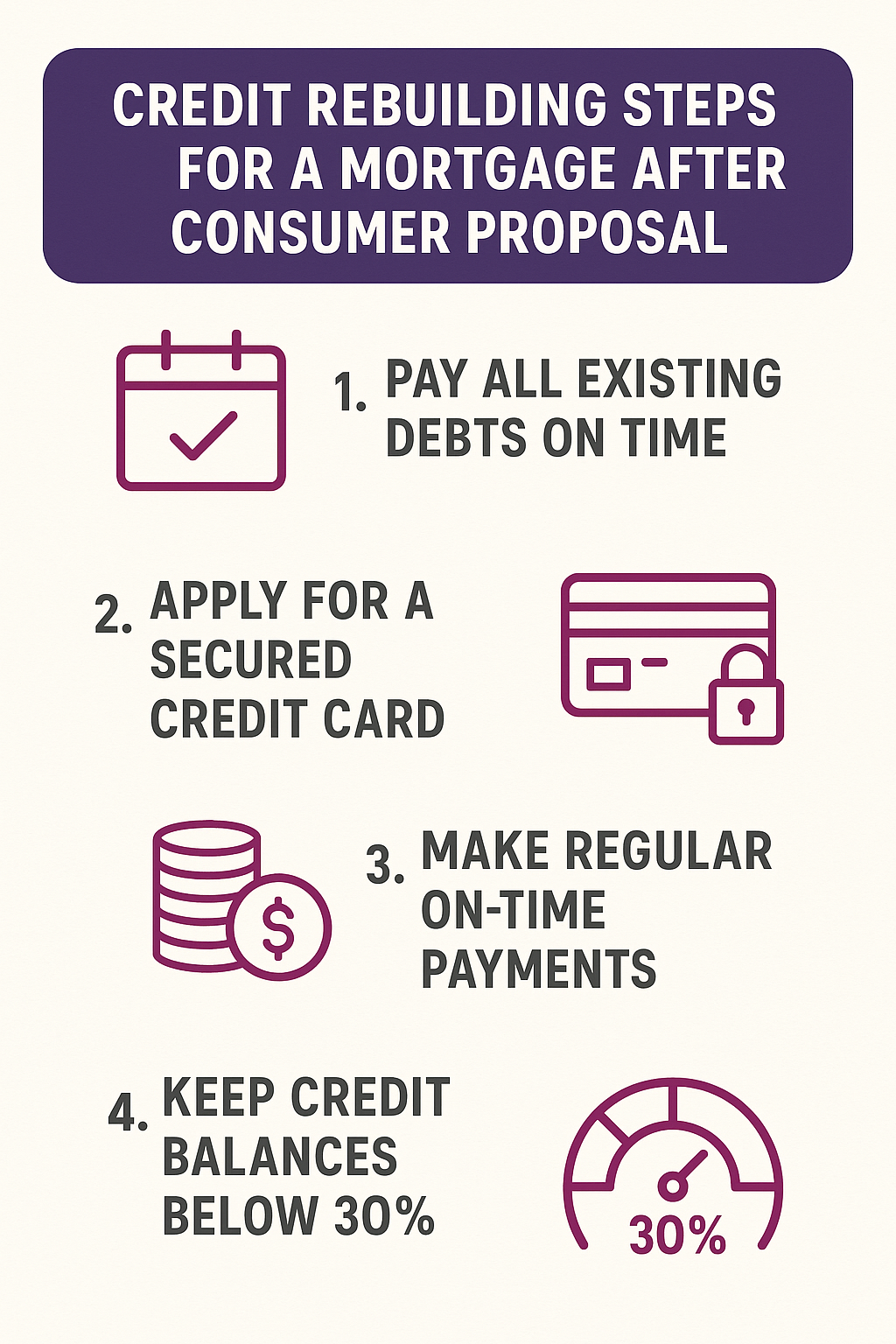Table of Contents
ToggleMortgage Co-Signer vs Guarantor in Canada: Expert Playbook to a Smarter Approval in 2025
Canadian homeowners and buyers are leaning on help more than ever, especially first-timers, self-employed borrowers, and anyone rebuilding credit. Two common ways to strengthen an application are adding a co-signer (often a co-borrower) or a guarantor. They’re not the same legally, financially, or strategically—and choosing the wrong option can create headaches at renewal or when you want to remove that helper later.
Below is a clear, lender-friendly guide you can share with clients, complete with practical checklists, scenarios, and exit strategies.
Quick definitions (plain-English)
-
Co-signer / co-borrower: Joins the mortgage and typically goes on the title, becoming a co-owner. They are fully responsible for the debt, just like the primary borrower.
-
Guarantor: Promises to repay the mortgage if the borrower defaults, but is not on title and does not own the property. Liability is real (and can be joint and several under many bank covenants), but ownership rights don’t come with it.
Bottom line: Co-signers share the home and the loan; guarantors backstop the loan but don’t own the home.
How lenders view each option
When lenders like co-signers
-
To boost income for qualification (e.g., young buyers, variable income, thin credit).
-
When both parties will live in or own the property together.
-
Where a title interest is appropriate and expected.
Why this works: the co-signer’s full covenant income, assets, and credit can help meet debt-service ratios, and co-ownership aligns liability and control.
When lenders like guarantors
-
The primary borrower is almost their strong down payment and track record, but needs extra covenant strength.
-
A parent wants to help without taking a title interest or triggering property-ownership complications.
Important: Although not on the title, guarantors undergo full underwriting (credit/income checks) and are legally responsible if payments aren’t made. Many bank forms spell out joint and several liability for signers and guarantors.
Responsibilities & risks (for the helper)
-
Legal liability: Co-signers and guarantors are both legally on the hook if the borrower misses payments. That can include a collection activity. Bank legal forms and covenants make this explicit.
-
Credit impact: Missed payments can appear on the helper’s credit and damage their score. Even if they never live in the home, delinquency risk follows them.
-
Borrowing power: Taking on this obligation can limit the helper’s ability to qualify for their own credit (car, line of credit, investment property) while the liability exists.
Title, ownership, and control
-
Co-signer / co-borrower: On mortgage and typically on title (co-owner). They’ll be involved in legal decisions around the property (sales, refinancing, etc.).
-
Guarantor: On the mortgage, only no ownership rights, no say in property decisions, yet still liable if the loan fails.
Which is better? (Decision guide)
Choose a co-signer when:
-
You need income added directly into the application to meet debt-service rules.
-
You want the helper to own a share of the home (e.g., spouse/partner, parent-child co-ownership).
Choose a guarantor when:
-
The borrower is close to qualifying and needs the strength of the covenant only.
-
The helper does not want to be on title or co-own the property.
Tip for advisors: Frame the discussion around control vs liability. Co-signers accept liability and gain control (ownership). Guarantors accept liability without control so set expectations early.
Underwriting lens: What lenders really look for
Whether it’s a co-signer or guarantor, expect the lender to review:
-
Credit history (scores, depth, utilization, derogatories) for all obligated parties. Late payments can affect everyone attached.
-
Income & stability (employment type, variability, reasonability).
-
Liabilities & obligations (car loans, lines of credit, other mortgages), including those of the helper.
-
Down payment & source of funds (to meet insurer/bank rules).
-
Legal covenants, many bank documents bind each signer jointly and severally.
Paperwork & process (smooth approvals)
-
For the borrower: ID, income docs (T4s, NOAs, pay stubs; business financials if self-employed), recent credit, down-payment proof.
-
For the helper: Same KYC/AML and income/credit package as any borrower; plus legal acknowledgments (co-ownership if co-signing; guarantee forms if guaranteeing). Bank instructions to lawyers explicitly call out identifying guarantors and registering the mortgage correctly.
Removing a co-signer or guarantor later (your “exit plan”)
This is the part most people forget to plan for.
-
Typical path: You’ll usually need a new underwriting decision, most commonly a refinance (or a transfer/switch to another lender) with only the remaining borrower(s) approved. Some lenders may consider a release of covenant at renewal, but policies vary.
-
Costs to watch: Potential prepayment penalties (if breaking early), legal fees, appraisal, discharge/registration, and re-qualification risk if rates move.
Pro move: If the helper wants off the file in 12–24 months, map a specific plan now (credit refresh, debt reduction, income documentation, target LTV) and time the removal for renewal to minimize penalties.
Real-world scenarios
1) First-time buyer, great rent history, limited credit
-
Better fit: Guarantor (parent) to strengthen the covenant while the buyer builds credit for 12–18 months. No title complications for the parent.
2) Self-employed borrower with variable income
-
Better fit: Co-signer/co-borrower who will share ownership (spouse/partner), adding stable T4 income to meet ratios.
3) Parent helping child, but wants clean ownership lines
-
Better fit: Guarantor (no title). Ensure everyone understands liability and the exit steps (renewal, refinance, or release if policy allows).
FAQs
- Does a guarantor go on the title?
Typically, no, they sign the mortgage as a guarantor but aren’t registered as an owner. - Will missed payments affect the helper’s credit?
They can. Delinquencies may impact both the borrower and the co-signer/guarantor. - Who’s liable if things go wrong?
All obligated parties. Many bank covenants make co-signers and guarantors jointly and severally liable (the lender can pursue any one party for the full amount). - Can we remove a co-signer/guarantor without refinancing?
Sometimes, if the lender grants a release at renewal, but most often, you’ll need to refinance or switch the mortgage so the remaining borrower re-qualifies on their own. Plan for legal and potential penalty costs.
How LendToday.ca can help
-
Pre-assessment: We’ll compare both structures against today’s underwriting so you know where approval is strongest and cheapest.
-
Policy match-making: Different lenders treat co-signers and guarantors differently; we’ll target the one aligned to your exit plan.
-
Removal plan: We build a 12–24 month roadmap so the helper can step off cleanly at renewal with minimal friction.
Ready to map your approval (and your exit)? Get a free 10-minute assessment with the LendToday team. We’ll outline which option fits, your projected payment, and what it takes to remove a helper later before you commit.
Need Mortgage Advice?
Speak with one of our mortgage professionals today to understand how choosing a co-signor or guarantor is right for you.
- Mortgage Co-Signer vs Guarantor in Canada: Expert Playbook to a Smarter Approval in 2025 - September 24, 2025
- 7 Powerful Steps to Rent-to-Own Success: How to Qualify for a Mortgage and Exercise Your Option to Purchase - September 22, 2025
- Refinance Your Home Should be 1st Choice to Consolidate Debt: A Smarter Path Than Consumer Proposals or Bankruptcy - September 20, 2025






